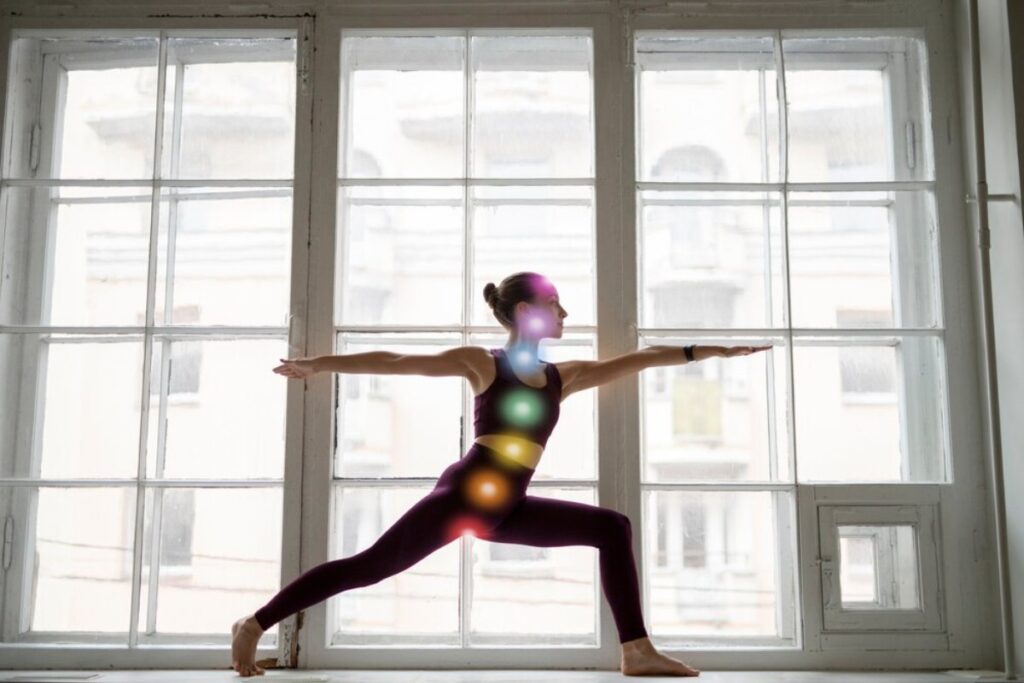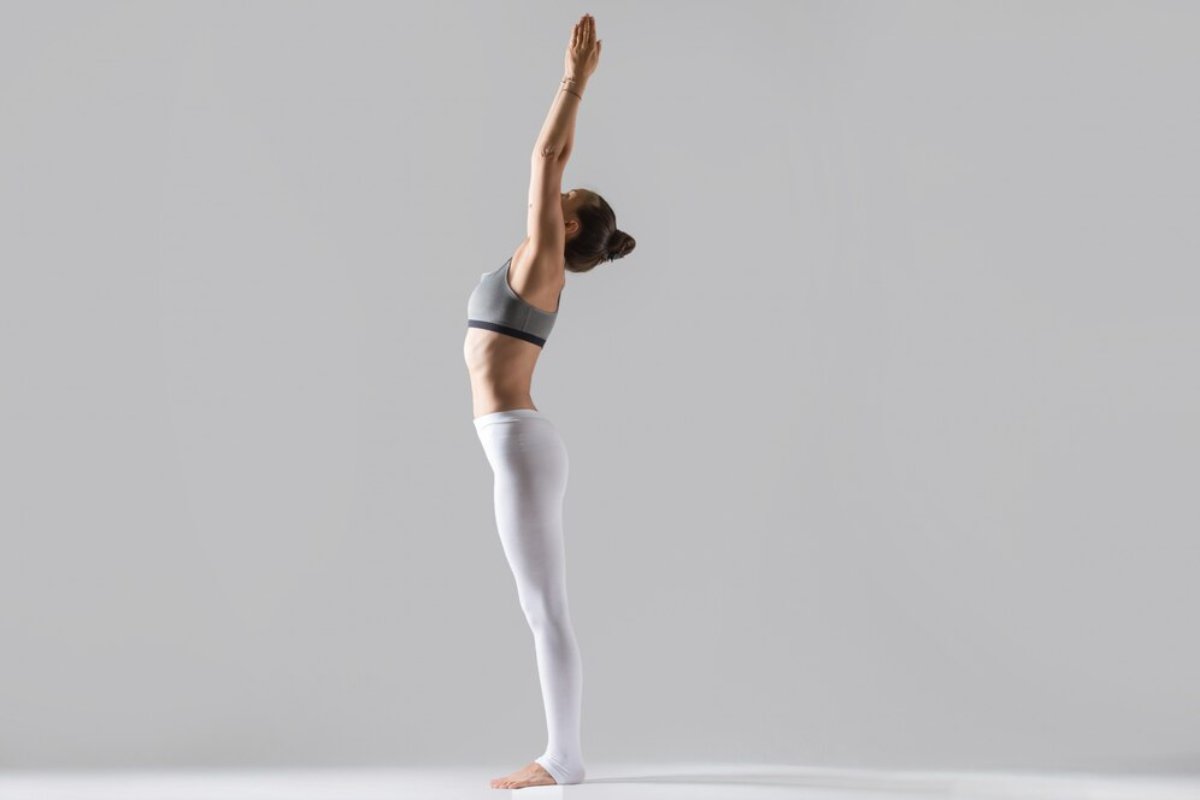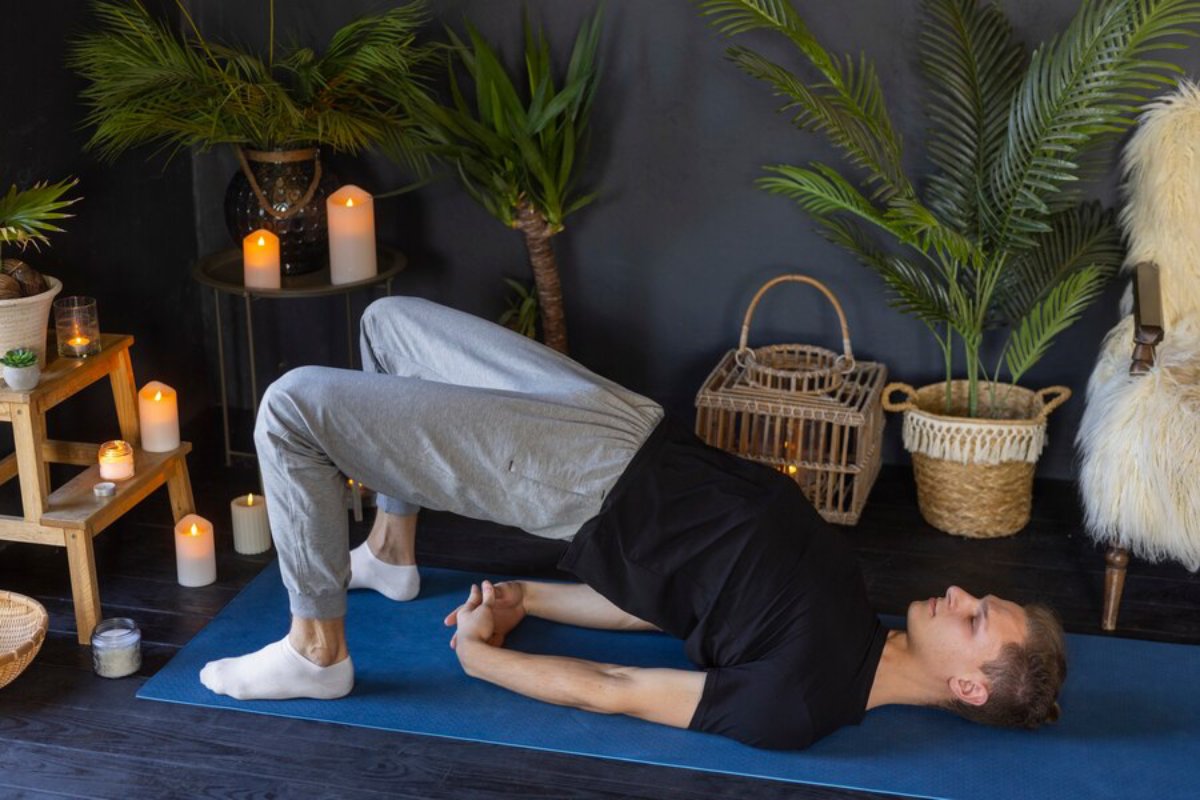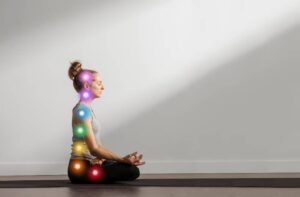The Yoga Blogs

Mindful Movement: Yoga for Emotional Stability
Movement and emotion are deeply connected. Have you noticed how a walk can clear your mind? Or how a deep stretch helps your shoulders drop? Our bodies can carry emotional weight. Often, we ignore it until the tension is too strong to miss.
Mindful movement, like yoga, links our chaotic thoughts to the calm in our bodies. It’s not about perfect poses—it’s about being present. It’s about breathing through tough times, overcoming obstacles, and finding balance emotionally, both on the mat and off.
In this guide, we’ll look at how yoga can strengthen your emotions, improve your mind, and act as your daily anchor. If you’re feeling anxious, stressed, sad, or unsteady, these techniques can help. They can make you feel grounded, strong, and in control.
Let’s begin this journey inward, gently and with purpose.
Why Mindful Movement Matters
Understanding the Mind-Body Connection
Emotions are physical, too. When we feel stress or sadness, our muscles tense, our breath shortens, and our posture shifts; these reactions reinforce emotional patterns, often without us noticing.
Yoga breaks this cycle. Mindful movement helps you notice how your body reacts to emotions. This way, you respond thoughtfully instead of just acting on instinct. You create space between what happens and how you respond—and in that space, you find clarity.
Research supports this. A 2022 study in Psychological Reports found that yoga can lower emotional reactivity. They also help improve self-regulation. Breath and movement work together. This helps the nervous system calm down. As a result, emotional changes become easier to manage.
What Is Mindful Movement?
Mindful movement isn’t about performance—it’s about presence.
It means focusing on:
- How your body feels in each pose
- The rhythm of your breath
- The emotions or thoughts that come up during movement
- The sensations in your muscles and joints
Through this practice, you learn to process emotions through your body, not just your mind. It’s a form of embodied awareness that builds both physical and emotional resilience.
The Role of Yoga in Emotional Stability
Yoga blends movement, breath control (pranayama), and mindfulness (dhyana). This mix creates a complete practice that helps with emotional balance.
Key Benefits for Emotional Wellbeing:
- Reduces cortisol levels (the stress hormone)
- Improves heart rate variability, a sign of emotional resilience
- Increases GABA levels, linked to calmness
- Activates the parasympathetic nervous system for rest and digestion
- Enhances body-mind awareness, helping you notice emotional patterns early
Yoga won’t stop your emotions from changing, but it can help you handle them better.
Yoga Practices for Emotional Stability
You don’t need a complex routine. What matters is your intention and consistency. Here are simple yoga practices that support emotional steadiness, mental clarity, and self-awareness.

1. Grounding Poses to Anchor the Body and Mind
These poses help you reconnect with the present and stabilise anxious energy.
Mountain Pose (Tadasana)
- Stand tall with feet hip-width apart.
- Press evenly through your feet.
- Engage your thighs and lengthen your spine.
- Rest your arms at your sides and breathe deeply.
- Why it helps: Builds awareness, steadies the mind, and improves posture.
Child’s Pose (Balasana)
- Kneel with big toes touching and knees wide.
- Fold forward with your forehead on the mat.
- Stretch your arms forward or rest them at your sides.
Why it helps: Offers comfort, reduces sensory overload, and encourages surrender.
Tip: Stay for 2–5 minutes to let your nervous system settle.
2. Flowing Sequences to Release Stuck Emotions
When emotions feel trapped, flowing sequences help release that energy gently.
Cat-Cow Pose (Marjaryasana–Bitilasana)
- On all fours, inhale to arch your back (Cow), exhale to round (Cat).
- Move slowly and in sync with your breath.
Why it helps: Mobilises the spine, relieves tension, and balances mood.
Sun Salutation (Surya Namaskar)
- A dynamic sequence with forward folds, lunges, and upward stretches.
- Perform 3–5 rounds, focusing on breath and body alignment. Why it helps: Increases circulation, balances energy, and promotes focus. Note: Start with modified versions if you’re new or low on energy.
3. Hip Openers to Process Stored Emotions
Hips often hold emotions. Hip-opening poses can be intense but freeing.
Pigeon Pose (Eka Pada Rajakapotasana)
- From a tabletop or downward dog, bring one leg forward, placing the shin diagonally.
- Extend the back leg and lower your torso.
Why it helps: Releases tension, improves flexibility, and may bring up deep emotions.
Tip: Use a cushion under your hip if you’re tight.
Reclined Butterfly Pose (Supta Baddha Konasana)
- Lie on your back with soles of your feet together, knees open.
- Support knees with pillows or blocks. Why it helps: Encourages openness, vulnerability, and deep relaxation.
4. Balance Poses to Cultivate Inner Stability
Balance postures challenge you to stay steady as things shift.
Tree Pose (Vrksasana)
- Stand tall, place one foot on the opposite ankle, calf, or thigh (not the knee).
- Hands can be in a prayer position or overhead.
- Focus on a point to maintain balance.
Why it helps: Builds focus, boosts self-confidence, and promotes calm.
Warrior III (Virabhadrasana III)
- From standing, hinge forward, lifting one leg behind.
- Extend arms forward or rest at your heart centre.
Why it helps: Engages your core, improves posture, and develops mental poise.

5. Restorative Postures to Reset the Nervous System
When emotions feel frayed, restorative poses soothe. They are gentle, long-held, and nourishing.
Legs-Up-the-Wall (Viparita Karani)
- Lie on your back with legs up a wall.
- Arms relaxed by your sides. Why it helps: Calms the heart, improves circulation, and supports emotional recovery.
Savasana (Corpse Pose)
- Lie flat, arms and legs relaxed.
- Close your eyes and allow stillness. Why it helps: Integrates your practice, resets the nervous system, and invites clarity. Tip: Use a guided body scan or calming music if your mind wanders.
Breathwork and Mindfulness for Emotional Regulation
Movement alone isn’t always enough—especially when emotions feel overwhelming. Adding breathwork and mindfulness enhances the grounding effects of yoga.
Try These Simple Techniques:
- Box Breathing: Inhale for 4, hold for 4, exhale for 4, hold for 4.
- Ocean Breath (Ujjayi): Breathe with a soft constriction at the back of your throat.
- Alternate Nostril Breathing (Nadi Shodhana): Balances both sides of the brain, promoting calm.
- Loving-Kindness Meditation: Repeat phrases like “May I be safe, may I be calm, may I be strong.”
- Why it works: These practices stimulate the vagus nerve. This controls emotional responses and helps balance the mind and body.
Real Life, Real Impact: A Story to Reflect On
My friend Anika struggled with anxiety during her new, high-pressure job. She felt “on edge, emotionally exhausted, and never present.” Traditional therapy helped, but adding yoga made a real difference.
She started with 10 minutes a day, focusing on Child’s Pose, deep breathing, and gentle flows. Those 10 minutes became sacred. She began noticing emotional patterns, reacting less, and responding more thoughtfully.
Now, yoga is her anchor—it’s not a cure but a way to process, heal, and engage fully.
Find Your Centre Through Movement
When emotions feel heavy or chaotic, the instinct is often to avoid them. But avoidance rarely heals. Mindful movement offers a different path—presence, listening, and trusting your body’s wisdom.
With simple yoga practices, you can find emotional stability. This stability helps anchor you when times get tough. It’s not about perfection. It’s about showing up, breathing deeply, and moving with intention.
So, where will you begin? Roll out your mat, try a grounding pose, or take a few deep breaths. Let your body speak—and listen with compassion. Feeling inspired? Share your yoga experiences and emotional balance in the comments. Pass this along to a friend who could use some mindful movement. Subscribe for more relatable wellness practices rooted in science and soul.
Because your emotions matter, and your body remembers. Give both the space to breathe.









